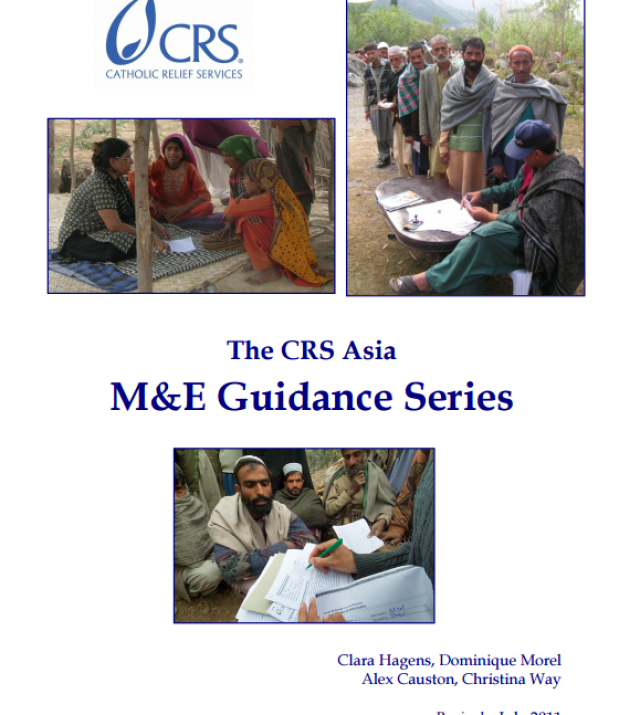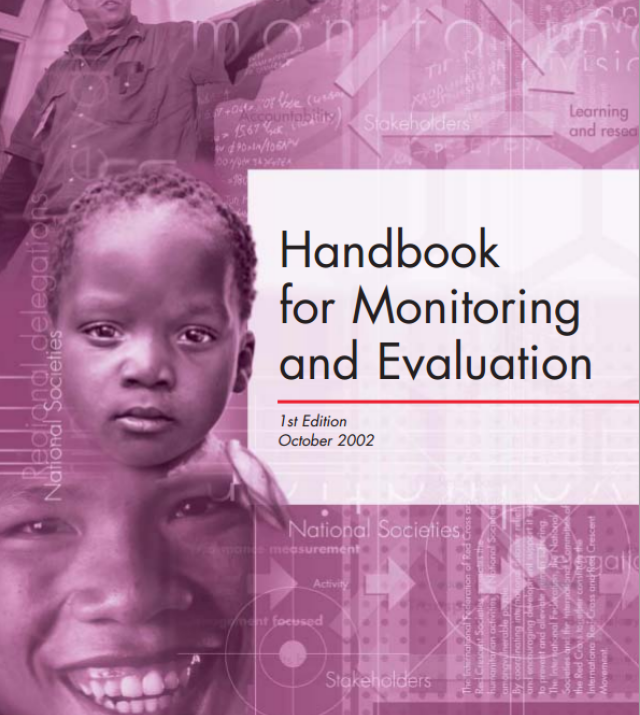
Monitoring and Evaluation Manual

The Adventist Development and Relief Agency (ADRA) is an independent humanitarian organization established in 1984 by the Seventh-day Adventist Church for the specific purpose of providing individual and community development and disaster relief. ADRA serves people in over 125 countries regardless of ethnic, political or religious association. ADRA helps those in need, particularly those most vulnerable such as women, children and senior citizens.
Monitoring and Evaluation (M&E) has become a leading priority for many development and humanitarian organizations. Advancements in measurement approaches, indicators and targets, performance monitoring and managing for results (impact) have been made in recent years in order to adequately and effectively evaluate progress and program impact. M&E is essential in order to design appropriate, effective, measurable programs and projects, and to consistently and effectively monitor implementation and evaluate the impact of specific activities among target populations.
This manual introduces fundamental concepts and components of M&E. It then presents definitions of the basic components of an effective M&E system and offers guidance for adapting each component to local programming contexts. It also provides key considerations for the development of appropriate M&E tools within the primary sectors in which ADRA works. Perhaps most importantly, the manual is intended to contribute to the learning environment within ADRA by describing the ways in which a comprehensive M&E system can be consistently used to inform problem analysis, program design, implementation, monitoring and reporting of evaluation findings.
This manual is directed towards programmers and M&E technical staff within the ADRA network who are responsible for collecting, analyzing and distributing information on programs. It is designed to guide program managers and M&E staff in the establishment and use of monitoring and evaluation systems for large programs, specific program components and small projects alike. It should serve as a guide to improve understanding of M&E in general and increase competency in key aspects of practicing M&E in the field.

